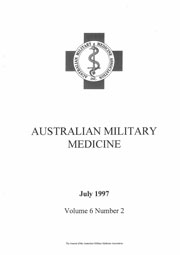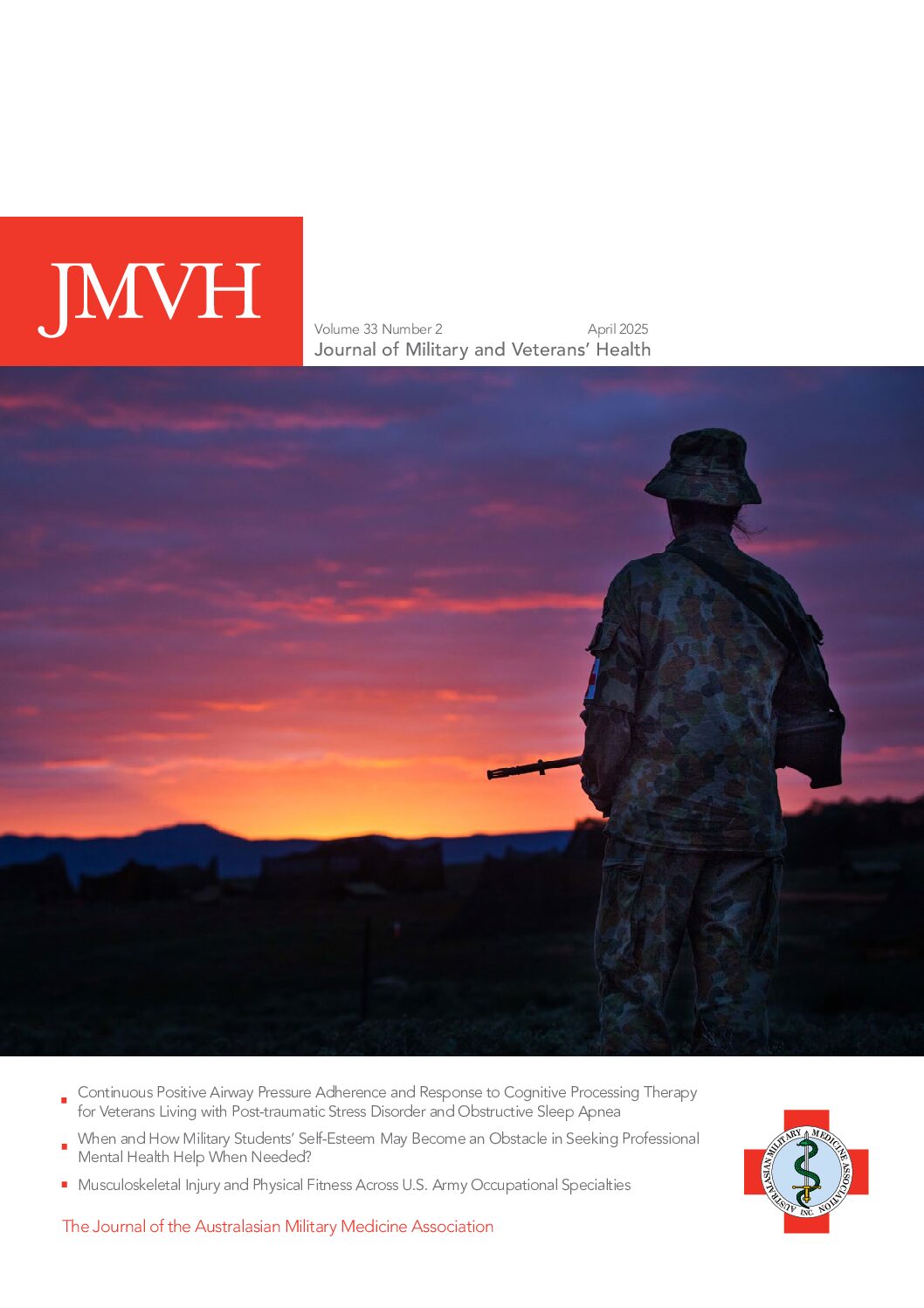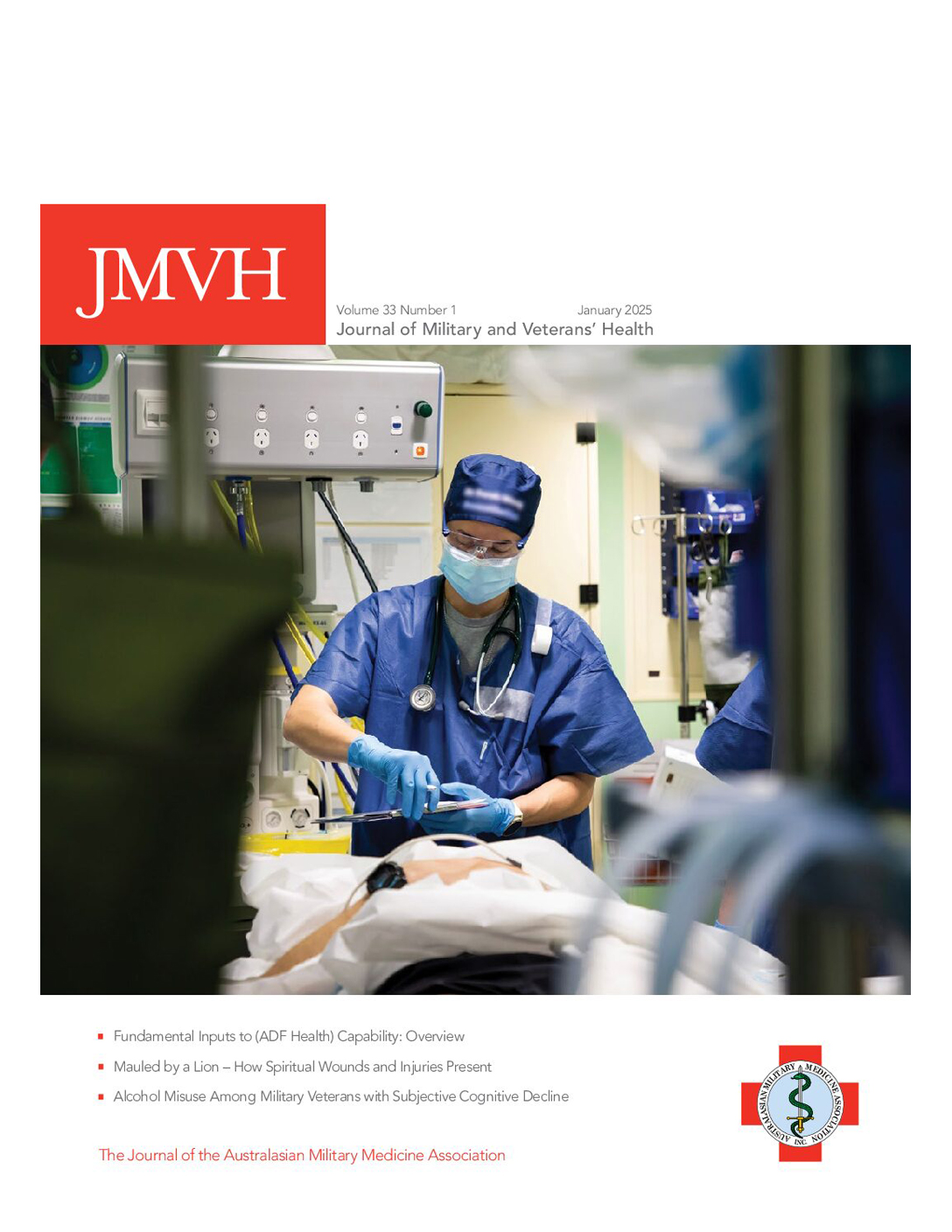How purple will be the white coat?
The forces of change impacting on the Australian Defence Force, and in particular the Defence Health Service, are making themselves felt. These changes are significant, and will produce a significant change in the way health care is delivered to the Services. In one of the early editions of Australian Military Medicine, Tony Austin wrote an… Read more »




 Download the whole edition here.
Download the whole edition here.


